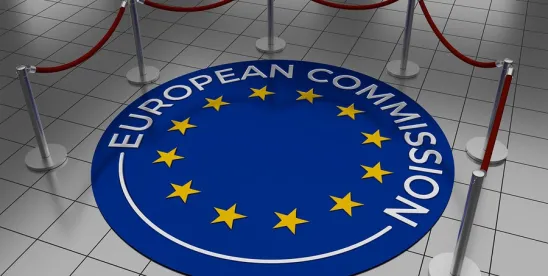On February 17, the European Commission (EC) launched a public consultation on the review of the revised Markets in Financial Instruments Directive (MiFID II) and the Markets in Financial Instruments Directive (MiFIR) regulatory framework (together, the Framework).
The EC’s consultation is divided into three sections. In the first section, the EC aims to gather views and feedback from all stakeholders on the experience of the first two years of the Framework. In particular, the EC asks whether “a targeted review . . . with an ambitious timeline would be appropriate to address the most urgent shortcomings.” The EC asks stakeholders to rank their satisfaction with the Framework, and to indicate whether they believe the Framework has succeeded in its objectives.
In the second, much more detailed section, the EC seeks the views of stakeholders in relation to various technical aspects of the current Framework. The aspects designated as “priority areas for review” are:
-
the establishment of an EU consolidated tape (CT), exploring why it hasn’t emerged organically and, if it were to be established, proposals for its features and scope;
-
the impact of the share trading obligation (STO) and potential interaction with the CT;
-
systematic internalizers (SIs), both generally and in relation to the STO and CT;
-
investor protection, including access to simple and transparent products, the relevance and accessibility of adequate information, client profiling and classification, product governance and best execution reporting.
This section also includes a number of more granular proposals, such as the phase out of paper-based information and the creation of a “semi-professional clients” categorization; research unbundling and coverage of small and medium-size enterprises (SMEs); and several proposals to foster more commodity derivatives trading denominated in euros.
The following aspects are designated as “non-priority for the review”:
-
the impact of the derivative trading obligation, the Double Volume Cap (DVC), and the open-access regime;
-
the application of the multilateral system and whether it ensured a “level playing field;”
-
proposals to address digitalization and new technologies, such as adapting the Framework to better suit digital and online offerings; and
-
extending the Framework to cover spot FX contracts.
The third section of the EC’s consultation is a generic catch-all for stakeholders to “draw the attention of the Commission to any further regulatory aspects or identified issues.”
The EC’s consultation is available here and is open until April 20.







 />i
/>i

